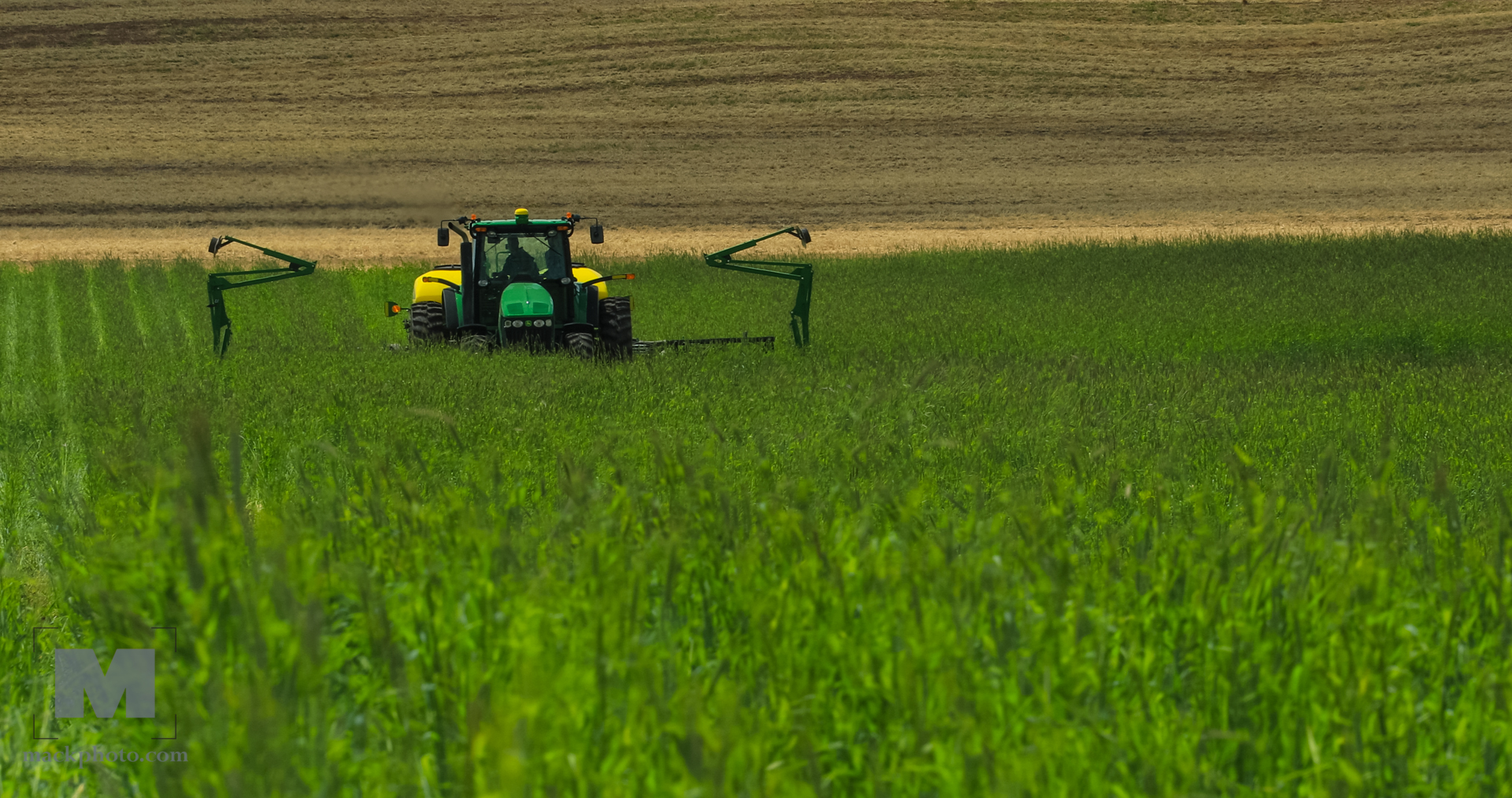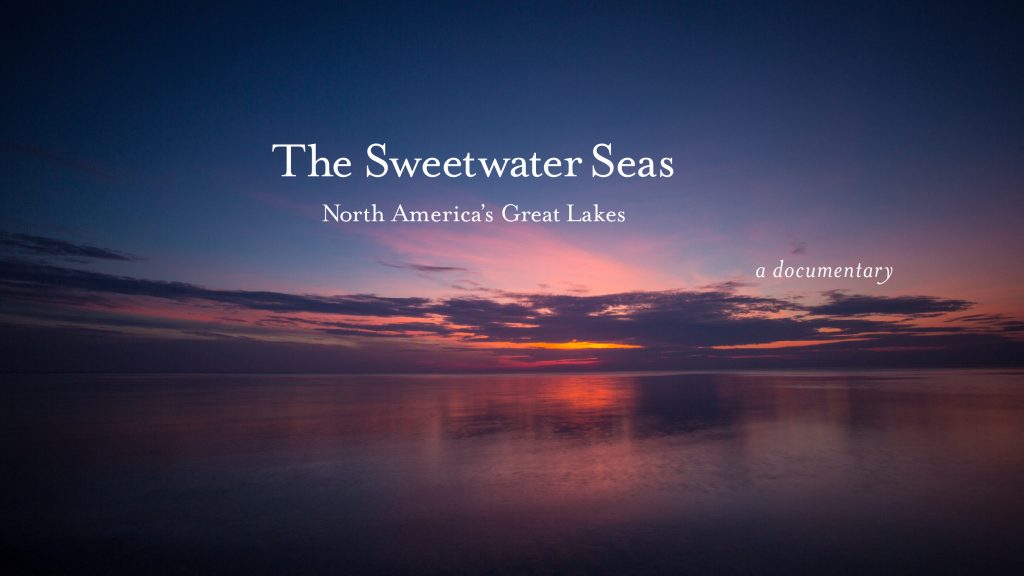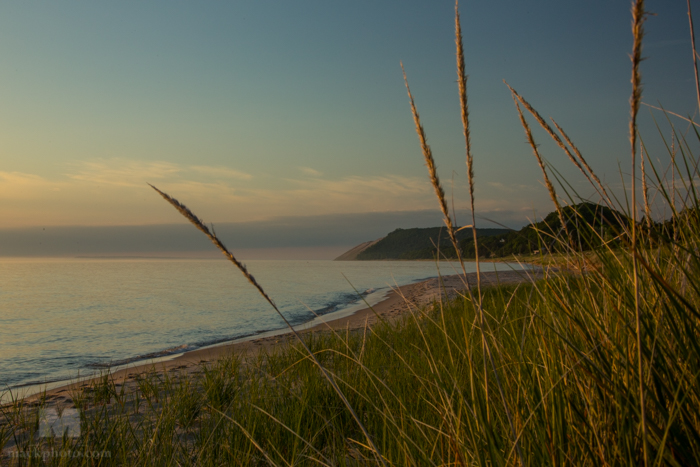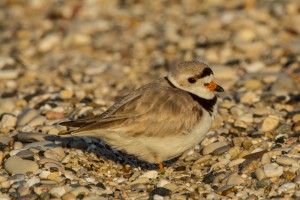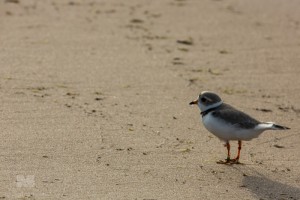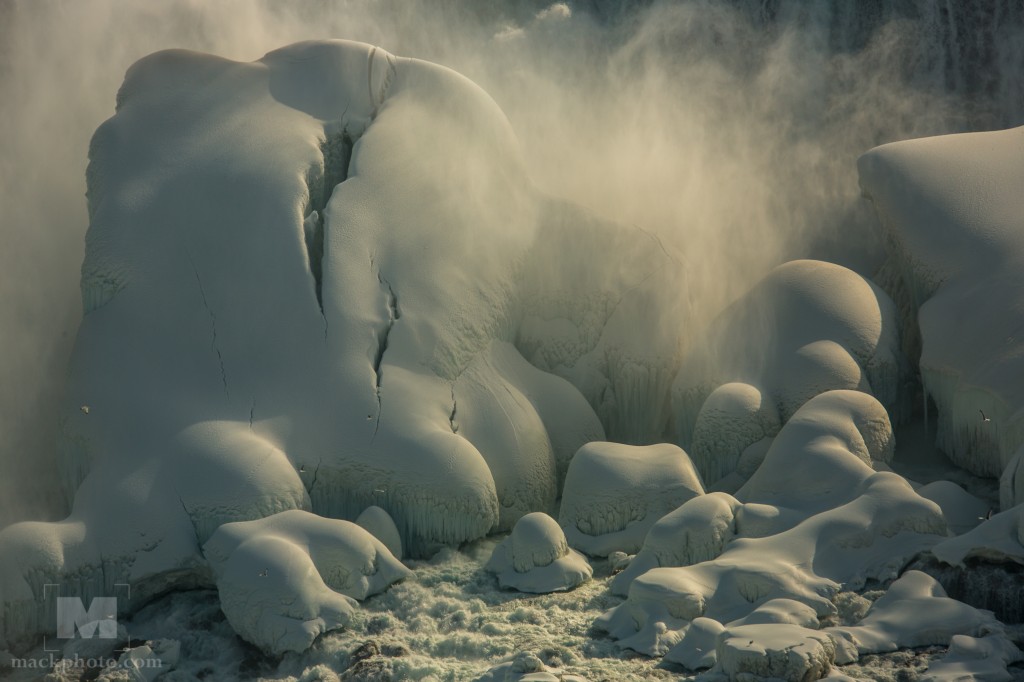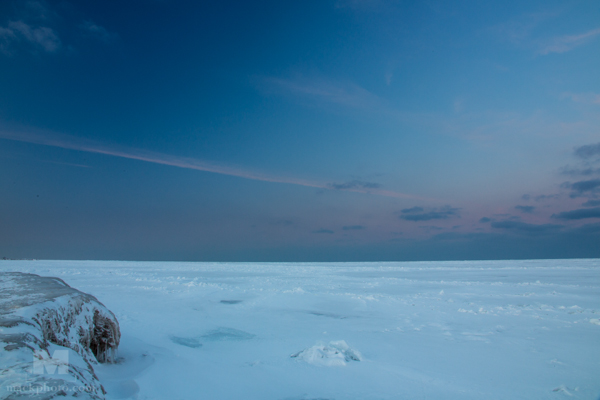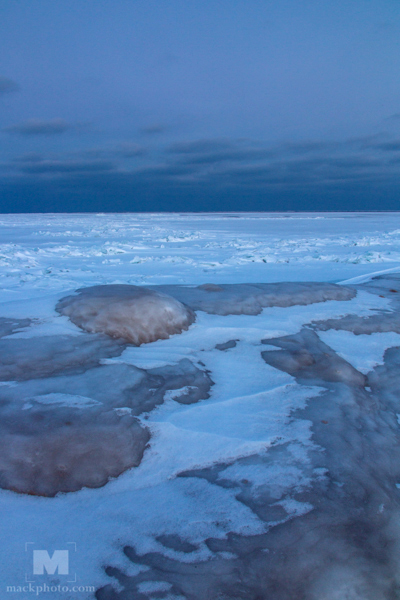The Sweetwater Seas in 100 Words
The Sweetwater Seas in 100 Words is a quick introduction to the feature-length documentary film. In it we reveal the beauty, majesty, and challenges faced by the Great Lakes, which we will cover fully in the hour-long documentary. We plan to enter this short version in this year’s “100-Word Film Festival.”
We have released several quick and delicious film clips for our documentary The Sweetwater Seas – North America’s Great Lakes so far and plan on releasing many more this summer which will be small episodes from those who live and work on the Great Lakes as we tell their stories. Some will be about the challenges the lakes face and have faced in the past, some about historic past events on the lakes, travelling the lakes and some will be about the beauty and majesty these lakes encompass.
THE SWEETWATER SEAS is a feature documentary that integrates science and fine-art videography to explore one of North America’s wonders. The film examines the latest thinking about the environmental sustainability of the Great Lakes Watershed and seeks to engage viewers into making a difference. Although 42 million people live within the Watershed, most have never been around their own lake, much less all five. We will take them on a voyage of discovery to rival Champlain’s.
The project will reveal the natural landscape and its geological history, the watershed’s cityscapes, and its vast industrial and agricultural areas. Humans started living near these immense bodies of water tens of thousands of years ago, but it is only in the last few centuries that human activity has impacted the environment of the lakes. To engage viewers THE SWEETWATER SEAS will offer both images of great beauty in the natural world that surrounds the lakes as well as video of the tides of pollution and invasive species that threaten this magnificent resource. By using the voices of scientists, environmentalists, political leaders, engaged corporations and everyday people around the lakes, the story of these extraordinary bodies of water—their history, their importance and threats to their health—will be explored and explained.
You can see more about this documentary at www.thesweetwaterseas.com
We hope you’ll enjoy each and every segment.
Cheers,
Richard
The Sweetwater Seas – Sleeping Bear Dunes
Last week I had the pleasure of working in Sleeping Bear Dunes National Lakeshore with George Elder as part of our Great Lakes Project The Sweetwater Seas a documentary on all five of the Great Lakes and their beauty and environmental issues and how we use these lakes.
We went to Sleeping Bear because it is not one of the most beautiful places on the Great Lakes it is one of two dunes which lay on bedrock so they have become tall and do not naturally sink back into the lakes. The other is the Au Sable Dunes on Lake Superior. We also went to shoot the story about of the US Fish & Wildlife and National Park Service has worked together to bring the Piping Plover back from near extinction to a growing group of birds. These tiny shorebirds nest right on the beach and continue to come back to the same areas they were born in. At one time they were down to about 7 pairs and are currently up to around 70 pairs. We were fortunate to have Vince Cavalieri and Sue Jennings worked with us. While we thought we might be able to see some parents sitting on their eggs they had all hatched the few days before we got there. But we were able to photograph and videotape hatchlings only a few days old along with their parents running along the beach. They are quick little birds so it took a lot to keep them in the frame! Especially as I was using a Canon 500mm lens, sometimes with a 2x convertor to make it 1000mm!
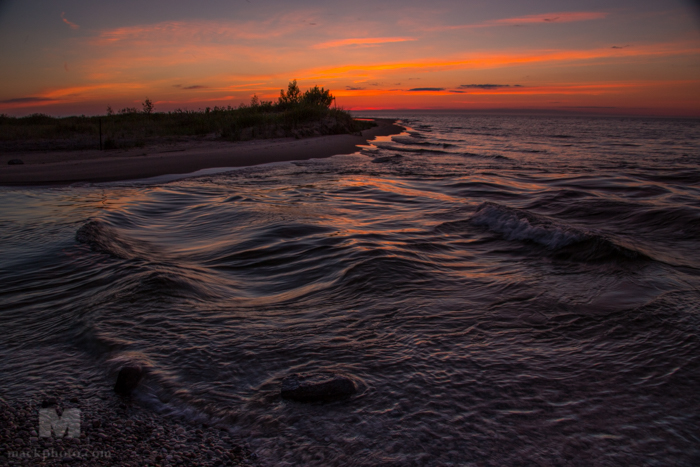
The dunes themselves gave us a look at the beauty found in Sleeping Bear National Lakeshore. Sunsets along the north shore of Michigan were stunning with clouds and fog giving us stunning views and clouds to capture on film and a background to show how people enjoy these places. Above is the confluence of the Platte River and Lake Michigan where the waves meet the current of the river.
To see more of the still images I shot you can use this link: www.mackphoto.com/BlogImages/SleepingBear Fine Art Prints will be available soon in the Quiet Light Publishing shop!
Cheers,
Richard
The Sweetwater Seas – Niagara Falls
As part of Quiet Light Publishing’s next project, The Sweetwater Seas, this past March I went to Niagara Falls to shoot the frozen falls before the weather changed. This winter has been historic with the Great Lakes nearly frozen over, the second with the most ice coverage at 92% since we have been keeping records. A great winter for photography on the lakes. As part of The Sweetwater Seas book and television series it was wonderful to have the weather we did! The link below shows you a film I made from some of the video clips I did of the frozen falls. Working with filmmaker George Elder we spent 4 days on the road shooting Lake Erie, Ontario and Huron for the film and book. On the drive to Niagara Falls we stopped along Lake Erie to shoot some industry along the lake as well as in Cleveland. While at Niagara Falls we had a light overcast which was great to shoot in as there was a slight shadow area in the ice formations but not as harsh as with blue skies. The next day we had a blizzard with 10″ of snow – perfect! On the way back we stopped at the confluence of the Niagara River with Lake Ontario, Hamilton, Ontario, Point Edward, Ontario and Detroit for an evening shot of downtown. A quick but rewarding trip!
The Sweetwater Seas is part of the Great Lakes Project which aims to look at the fact that man has changed the lakes environment only within the last 150 years. With it being 20% of the worlds fresh water and 95% of North America’s fresh water we must look at the ways it has been changed, and also how we have restored areas, to ensure we have fresh water for future generations. The project will also cover how magnificent the lakes really are and look at how we enjoy them. To view the video use the link below.
Winter at Niagara Falls on YouTube
The winter gave us a great opportunity to get footage and still images for the project. I hope you enjoy them.
You can see more still images using the link: Winter Niagara Falls Still Images
Cheers,
Richard
You can also keep in touch on FaceBook
Winter and The Great Lakes Project
With 88% of all five Great Lakes frozen over it is a historic winter. As part of my Great Lakes Project and a book with the working title The Sweetwater Seas, you just have to shoot as much of the winter scenes you can. Lake Michigan is 77% frozen over with ice, hasn’t happened since 1993/94 winter. As an aside, the book project has become a bit more interesting and I am currently working with a TV Producer and a writer to see if more can be done with this project. It has been very interesting and insightful to get other folks input into one of my book projects rather than working it alone. We have refined the direction of the project and as all projects do you may plan on going one way and end up a totally different direction.
Yesterday I was planning to fly around Chicago and make some late afternoon images of the city with the ice out on Lake Michigan. Yet the day’s overcast didn’t lift as expected by noon, so we waited and waited and I kept in touch with my pilot until I had to make the final decision of go or no go. Because the sky was still a high overcast it would have been just a blown out white sky – not what I was looking for. With great reluctance based on what I could see, what the satellite images said and my gut feelings I made the choice to call it a day and try again soon before it all melts. And of course right after I made the no go call the sky cleared! It would have been one of those days where you were either a hero with a great shot or the goat because it just didn’t work.
Because it was also a full moon evening I went down to Lighthouse Beach once again. With the clouds still on the horizon to the east I knew seeing the moonrise in time to get a shot of it would probably not be in the cards. Yet the beauty of the sky and ice gave me a lot of things to do in a few ways. The 15-20 foot ice cliffs with the thinner ice out beyond in white were beautiful in the evening light.
Changing your expectations of what you planned on at any one time often leads you to unexpected pleasures. Going with the flow of the day can lead to something not planned and yet maybe better than what you had planned – you may never know. I am very happy with what I found on the beach that evening. I am glad I wasn’t so disappointed with not flying that I didn’t come on down to the beach. The clouds kept the moonrise out of sight until it was too dark to get a good photograph so my hope of getting the moon and ice this year has disappeared. Yet other images did present themselves.
Ironically as I pulled into my garage I saw the moon up in the sky – way too late for any photography. For the most part it is always best to shoot the full moon the day before, in this case on the 13th not the 14th because it rises about an hour before sunset giving you enough light in the landscape to balance with the exposure for the moon. The last shots I did were over 2 seconds in length, so the moon would actually move in the exposure and make it look oval.
Too see more images use this link: http://www.mackphoto.com/BlogImages/LHB140214
Other Winter Images and Video’s from this year as part of this project can be seen with these links:
http://www.mackphoto.com/BlogImages/LighthouseBeachWinter/
http://www.mackphoto.com/BlogImages/RawlingsPt/
http://www.mackphoto.com/BlogImages/ChicagoWinter/
http://www.mackphoto.com/Creative/video-LakeMichiganWinter.php
Cheers,
Richard
